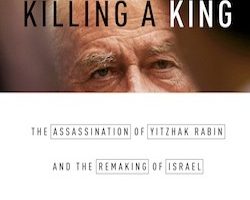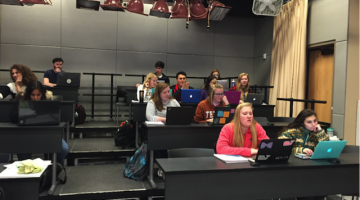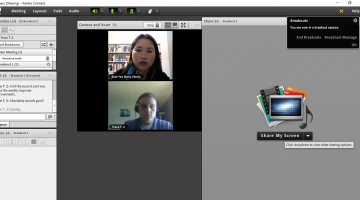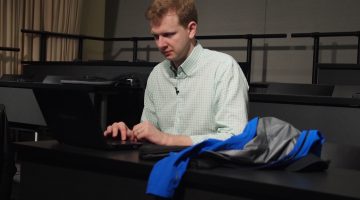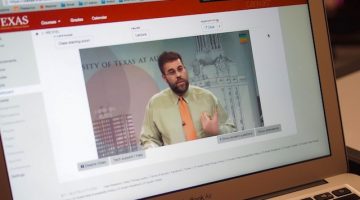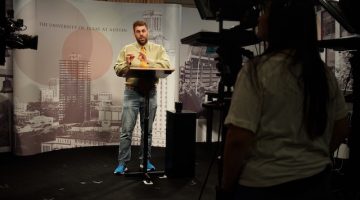
Reactions to Michael Bay’s latest venture have so far cropped up along predictable lines. Some, looking to the film’s scrupulously non-political focus and standout performances by Krasinski and James Badge Dale, applaud the comparatively restrained take and fact-driven story. Others challenge the film’s simplistic take on a complex geopolitical event, lacking historical context and rife with cultural assumptions.
